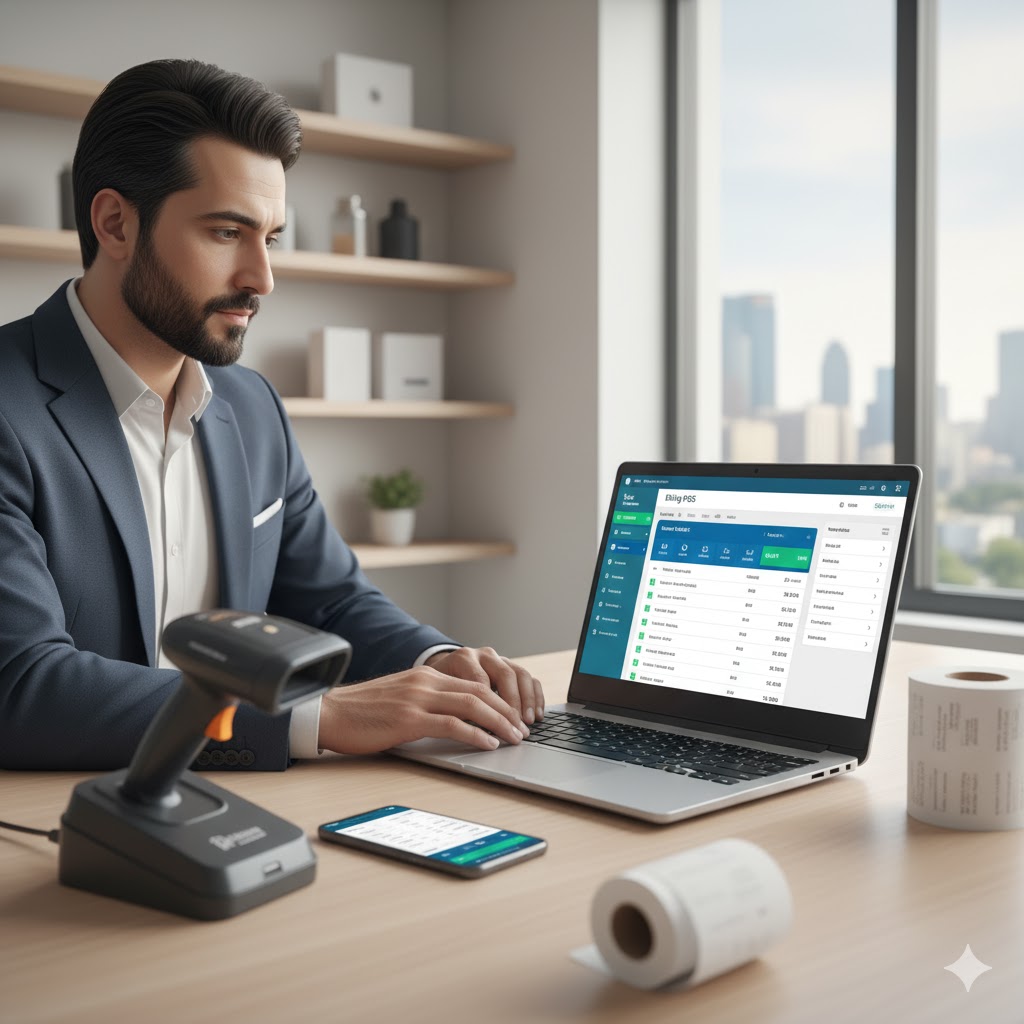4 Kiryana Store Metrics You Should Know
April 16, 2019
.Reporting & Metrics

As the owner of a small store, you’re often caught in the mix between the amount of inventory you want, and what you need to sell; how much product do you need, and how much will you be able to sell? On top of that, there are so many other parts of business to worry about, from the usual sales to the more tedious accounts - and a lot more in between.
Instead of being thrown into confusion, it’s always better to focus on what matters - in fact, there are exactly five such metrics you need to know about your kiryana store:
This is perhaps the most important metric, because it is the best way to analyse your success rate as a whole: a greater number means your efforts at bringing customers in are paying off. If any business practice or strategy isn’t working, it will directly show through your sales revenue; that way, it becomes easier to identify the problem, and work towards solving it.
Also, if you’re trying a new approach at running your business, then sales revenue is a great way to measure success directly.
You might be earning lots, but what’s left after deducting all miscellaneous costs? This is the net profit margin, and it is a true depiction of how strong your store is financially.
Deduct all expenses from sales, and analyse the number remaining; if this number is large, it means you have enough profit to build your business further and improve it tenfold. If this number is too low, then it means money is being wasted somewhere. At that instant, its best to go through your expenditures, and let go of expenses you don’t need.
You might confidently stack a large array of products for everyone to see and buy, but there’s no point to it if most of it is going to waste.
This is where it helps to know what’s selling the best and what isn’t. This is done best by tracking the sales of every product on your shelf; routinely check what’s generating the most revenue for you and keep it, while scrap those products that only cost you money, and don’t return you the favour.
This is a ratio of cost of goods sold to average inventory. It is a great way to measure how frequently you’re using inventory. The higher the number, the better your inventory performance - no store owner wants products sitting in warehouses, collecting dust.
If you want your inventory performance to shine, then you need to choose the right tools. One such tool that has recently entered the market is Oscar Lite - a mobile application that’s perfect for kiryana stores. This credit management app also allows you to conduct sales and order inventory directly through the application, meaning you don’t have to waste time or energy on doing both separately. Plus, it’s Udhaar management system allows you to calculate, maintain and update Udhaar easily. It’s free too, meaning downloading it won’t take up your resources at all.
With these 4 metrics - and the right tools by your side - your kiryana store can become stronger.
About the author
Ali Hashim





